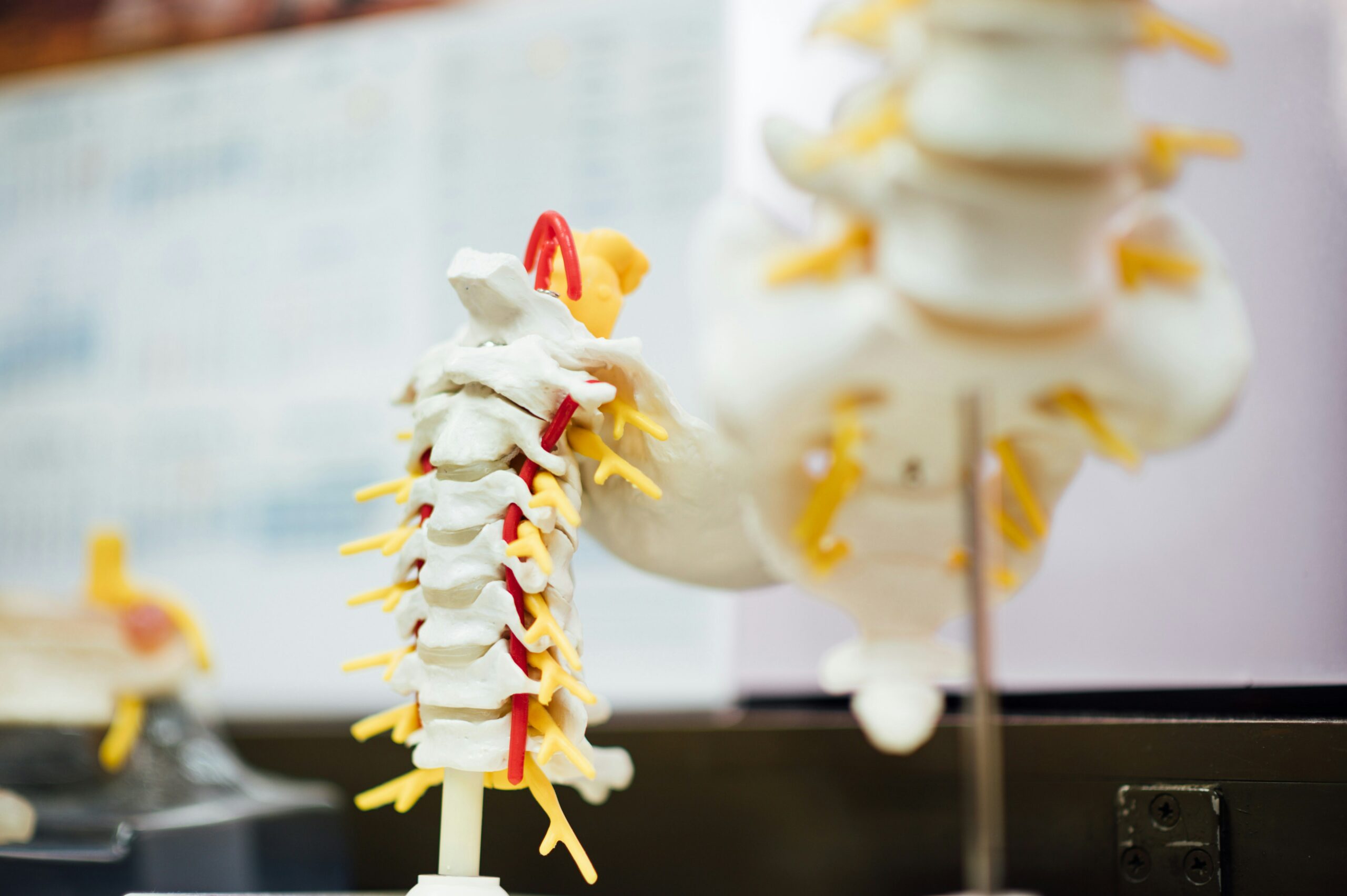Is Poor Trunk Postural Control a Risk Factor for Low Back Pain?

Welcome to Chi-research. A weekly publication by ProCredits reviewing current research associated with the Chiropractic profession. In this week’s edition, we are reviewing a 2024 article using meta-analysis to evaluate the quality of trunk postural control in patients with and without low back pain (LBP).
Trunk postural control is the capacity to maintain both postural equilibrium (control of the center of mass over the base of support) and postural orientation between segments (within spine regions and between the spine and other body regions). Therefore, it is critical for executing human motion and completing everyday activities. Trunk postural control is not simply core strength, it requires motor skill, the integration of kinematic (position and movement) feedback from visual, vestibular, and proprioceptive systems, and the generation of coordinated motor responses using an array of muscles.
Low back pain (LBP) is a multifactorial condition and is the leading cause of disability globally. Many times, it is of insidious onset with no pinpoint trauma or cause preceding it. The quality of trunk postural control has been suggested as a risk factor for LBP development, recurrence, and/or perpetuation, mediated by effects of suboptimal loading on spine tissue, and may be an explanation for this common insidious cause.
How do we measure the quality of someone’s postural control? Many studies use an unstable sitting paradigm to assess the contribution of the trunk to postural control by limiting contributions from the legs and arms. To maintain balance in this paradigm, the global position of the upper body is maintained via dynamic movements at the base/seat.
Movements at the base/seat are attenuated by coordinated movements of the hip and spine to limit upper body movements and maintain the overall center of mass close to the center of pressure (the location of the point of contact of the seat). Many outcome measures from this paradigm have been reported to have acceptable to excellent test-retest reliability for assessing trunk postural control among individuals with or without LBP.
Poor Trunk Postural Control
In today’s study, Trunk postural control during unstable sitting among individuals with and without low back pain: A systematic review with an individual participant data meta-analysis. The authors analyzed 64 studies with 2871 participants to determine whether trunk postural control differs between those with and without LBP and whether the difference between groups is impacted by vision and potential confounding factors.
This systematic review indicated that trunk postural control differs between individuals with and without LBP in that individuals with LBP demonstrated poorer postural control of the trunk. Second, meta-analyses revealed that trunk postural control deteriorates more from removal of vision among individuals with than without LBP. Third, meta-analyses revealed that older age and higher BMI have greater adverse impacts on trunk postural control among individuals with than without LBP.
Why do LBP patients demonstrate poorer postural control? Decreased sense of lumbar proprioception, increased trunk stiffness, and delayed onset or offset of trunk muscle activity are commonly seen in patients with LBP. Some plausible mechanisms may include the fact that those with LBP have less proprioceptive sensitivity which may reduce the ability to coordinate or delay the trunk muscle response required to maintain balance affecting not only the accuracy and precision of trunk movement but also the detection of movement errors required to execute postural adjustments.
Alternatively, some LBP patients may adopt a distinct muscle activation strategy to control balance, such as increased muscle co-activation, either to reduce reliance on proprioception or to protect the spine from threats resulting in trunk stiffness. Corrective adjustments for postural control require contributions of the visual, vestibular, and senses as indicated by the fact that decreased trunk postural control was seen in the absence of visual feedback but was even greater for individuals with than without LBP.
The authors concluded that there is robust evidence that trunk postural control is compromised among individuals with LBP, however, they cannot discriminate whether changes in trunk postural control are a cause or consequence of LBP. Regardless, impaired trunk postural control should be diagnosed and treated as both a prophylactic mechanism to avoid insidious LBP as well as part of an active care plan for those suffering from LBP as well.
How do we improve trunk postural control? There are many exercises that can be performed in the office or at home from beginner to advanced to improve trunk postural control. Starting with simple movements with intention and control of the core and progressing to more difficult exercises using unstable surfaces is imperative for improved function and patient challenge which will increase patient compliance.
Below are courses that ProCredits offers that help the clinician diagnose and treat patients with and without LBP to improve trunk postural control.
Evaluation and Management of Low Back Conditions Level 2: Spinal Biomechanics
Evaluation and Management of Low Back Conditions Level 2: Evaluation and Treatment
Essentials of Lumbar Spine Rehab
Check out ProCredits’ Free course
A free one-hour course with ProCredits! Don’t miss this opportunity to see why ProCredits should be your go-to for Chiropractic continuing education and take your practice to the next level!
By taking advantage of this one-hour course, you will be able to further develop your skills and take your practice to a whole new level. This course is designed to provide you with valuable insights and hands-on experience that will help you enhance your knowledge and proficiency.
Whether you are a beginner or an experienced professional, this course has something to offer to everyone. It covers the latest techniques, tools, and best practices in your field and will allow you to learn from experienced instructors who are experts in their respective fields.
Sign up now and start learning, and while you’re at it, follow us on Facebook and subscribe to our YouTube channel for weekly updates!
References
Most Popular
Social Media
Get The Latest Updates
Subscribe To Our Weekly Newsletter
No spam, notifications only about new products, updates.
Related Posts

Unlocking Relief: The Benefits of Nerve Flossing in Alleviating Carpal Tunnel Syndrome
Carpal tunnel syndrome (CTS) is a prevalent and potentially debilitating condition that affects the median nerve in the wrist, resulting in a constellation of symptoms

Unveiling the Power of Interaction: Engaging with Expert Instructors in Chiropractic Education
In the realm of chiropractic education, the guidance of experienced and dynamic instructors is invaluable, offering practitioners not just knowledge but also insights born of

Unlocking Flexibility: The Convenience of On-Demand CE Courses with ProCredits
In today’s fast-paced world, juggling the demands of a busy chiropractic practice while staying current with continuing education requirements can be a daunting task. Recognizing

The Importance of Evidence-Based Practice in Chiropractic Education: Elevating Patient Care with ProCredits
Evidence-based practice forms the cornerstone of modern healthcare, including chiropractic care. In an era where patients expect the highest standard of care, it’s imperative for
